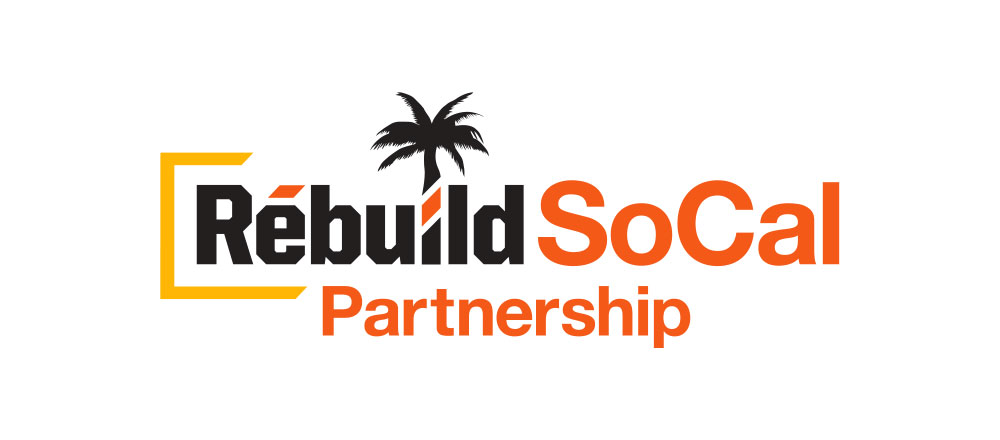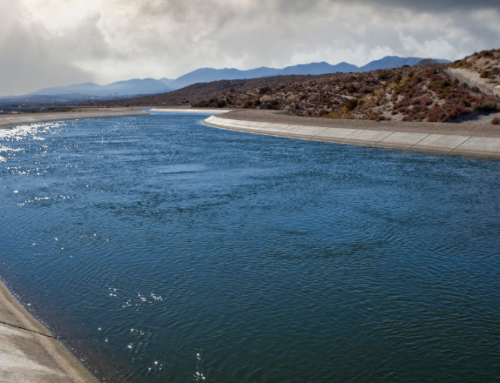Department of Water Resources Helps Local Management
About 85% of Californians depend on groundwater for some portion of their water supply. At least 40% of water accessed by wells is used in a typical year, and as much as 60% is tapped in drought years. Thankfully, the State recognized how vital this resource is for cities, rural communities, and farms, and how it impacts the economy overall.
In 2014, California adopted the Sustainable Groundwater Management Act (SGMA), historic legislation to help manage groundwater. The act directed local water managers to work with communities to develop plans to ensure groundwater availability. The Department of Water Resources (DWR) plays an important role in assisting local agencies in those communities.
What is SGMA?
A three-bill legislative package composed of AB 1739 (Dickinson), SB 1168 (Pavley), and SB 1319 (Pavley) makes up the Sustainable Groundwater Management Act (SGMA). When signed into law by Governor Jerry Brown in 2014, it was the first time in history that the state put forth a framework for sustainable, groundwater management.
SGMA requires governments and water agencies of high and medium priority basins to halt overdraft and bring groundwater basins into balanced levels of pumping and recharge. Because the governor emphasized that “groundwater management in California is best accomplished locally,” local agencies must find ways for basins to reach sustainability within 20 years as outlined by the Act. (For critically overdrafted basins, that will be 2040. For the remaining high and medium priority basins, 2042 is the deadline.)
Assistance from DWR
Approximately 300 Groundwater Sustainability Agencies have been formed around the state to bring overdrafted basins into balance. DWR provides ongoing support to local agencies with guidance, financial, and technical assistance to ensure that groundwater reliability can be reached within the deadlines.
In working with locals, DWR helps install monitoring wells and stream gauges, measures subsidence, and also gathers and compiles data to create guidance documents and reports. The goal is to help locals better understand their groundwater basins and build a state and local network with the best available science, engineering, and innovation in groundwater management.
DWR has already provided $180 million in assistance to help communities and another $200 million will be provided over the next four years. These efforts are being made to ensure groundwater remains available while also setting in place long-term plans to temper the effects of climate change and drought on water supplies.




